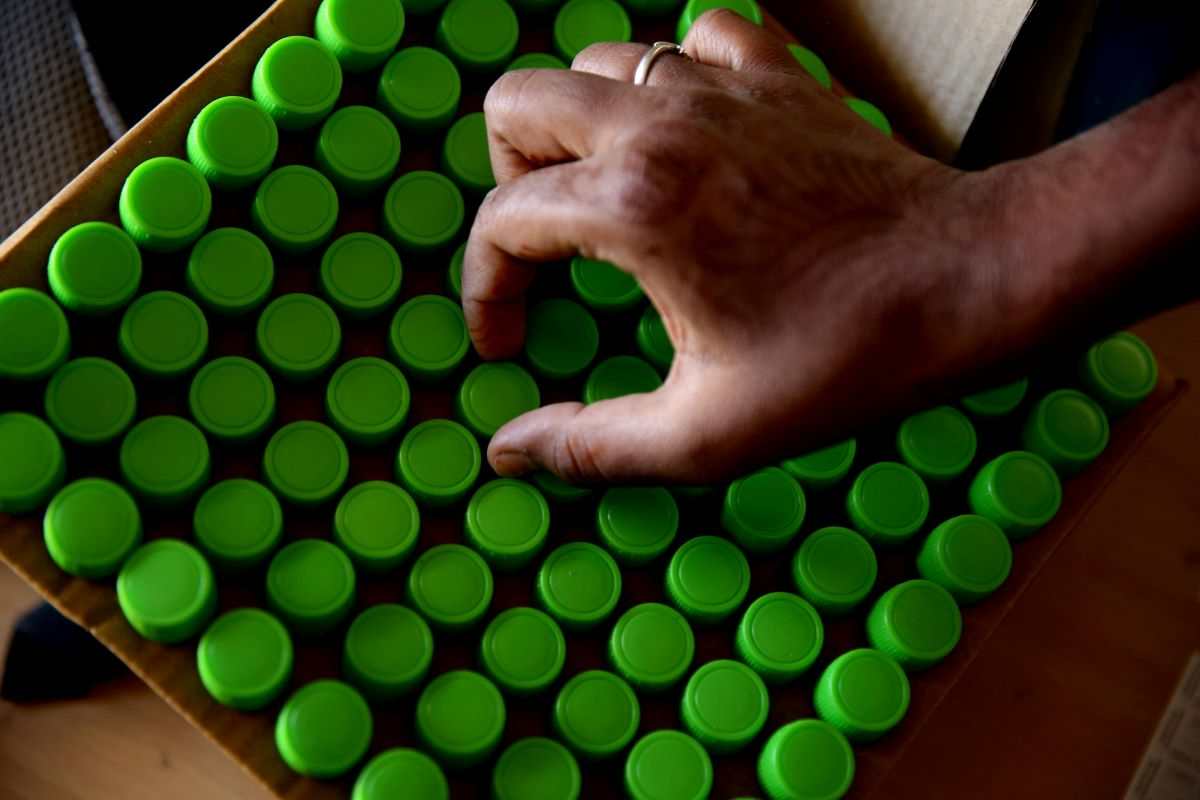Raise your hand if you don’t want to know whether your life will be long or short, and whether you will be in good health or not in the future. Just do a little test to get the answer.
It is perhaps the oldest and most irrepressible desire ofhuman being: knowing how long he will live, and above all if he will remain healthy. There is no certainty about tomorrow, the poet asserted, but according to a study published recently in the British Journal of Sports Medicine, it is enough to undergo a quick test balance to get the desired answer. Let’s take a closer look at what it is.
The balance test that reveals the future to us
To reveal the mystery was a group of Research led by scientists at the Clinimex Exercise Medicine Clinic in Brazil, which in 2009 began monitoring 1,702 adults aged 51 to 75 to see if balance could help predict their health over time . The study participants were then asked to perform a simple test of equilibrium: stand on one leg for at least 10 seconds, without using your hands and without leaning on any support. Bottom line: Participants who weren’t able to complete the test were 84 percent more likely to die over the next decade of follow-up than those who managed to keep their balance.
It goes without saying that the correlation is entirely logical: the odds of completing the test they decrease as the age of the participants increases: if among the fifty-year-olds only 5% did not pass the test, the over-70s unable to balance on one leg for 10 seconds are more than half, 54%. and in many cases show higher rates of heart disease, high blood pressure, high cholesterol and diabetes than the average person.
“The ability to balance – write i researchers Brazilians – rapidly decreases over 50, increasing the risk of falls and other adverse health events. Our objective was to evaluate whether the ability to balance with one leg for 10 seconds was associated with multi-cause mortality and whether it adds relevant prognostic information beyond the usual demographic, anthropometric, and clinical data.”

So here are the “instructions” for the test. First, stand on a flat surface with bare feet and place the dorsal part of the unsupported foot on the back of the opposite lower leg as naturally as possible to minimize the influence of muscle strength and flexibility. You also need to keep your arms naturally positioned next to your body and fix your gaze on a point at eye level at a distance of 2 meters. Once the correct position has been assumed, 10 seconds are counted. In the event of an error, it is not possible to exceed 3 access attempts.
Although he has identified a link between balance and risk of early deathHowever, the study in question does not explain what could cause such a dramatic outcome. In addition, the test does not take into account relevant factors such as diet and exercise, any recent falls, use of tobacco or drugs that can affect balance. However, the researchers toast to success, convinced as they are that balance tests in the future could be a convenient and economical solution to signal health risks, perhaps together with routine medical examinations. Prevention is always better than cure.
